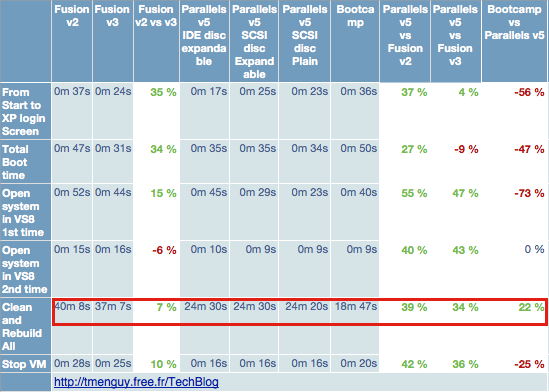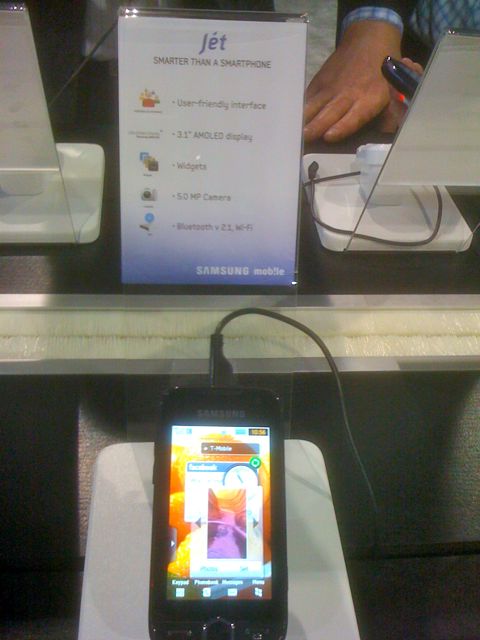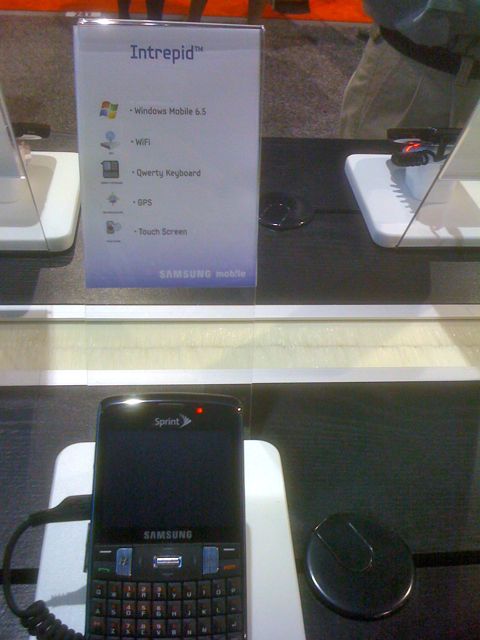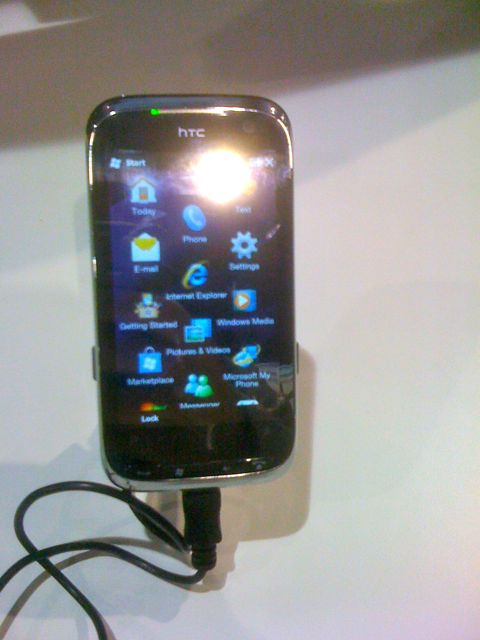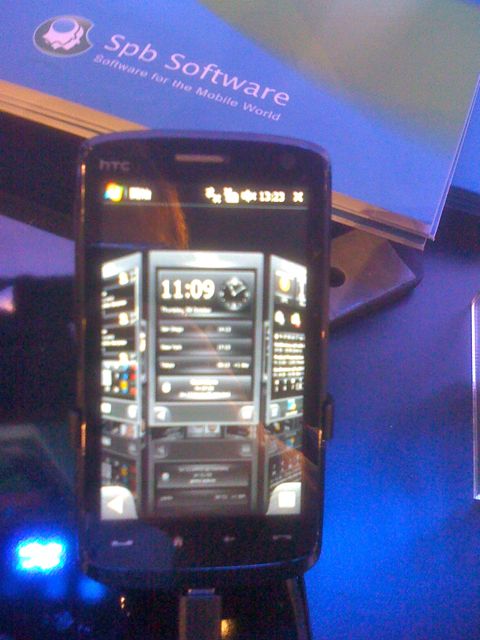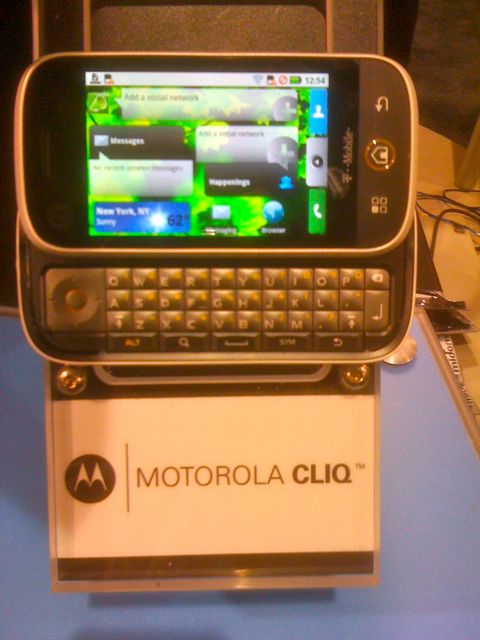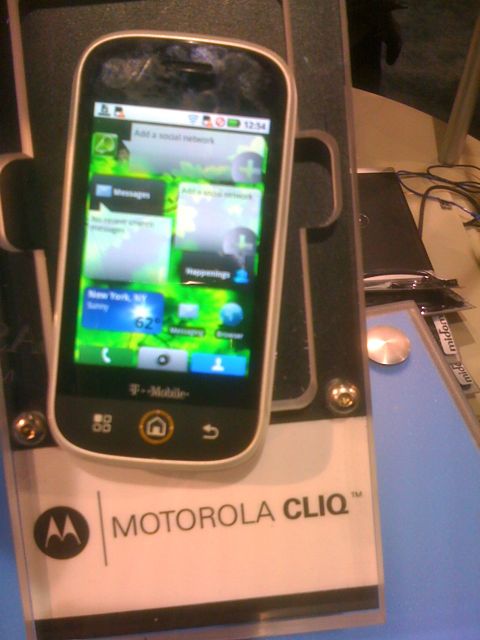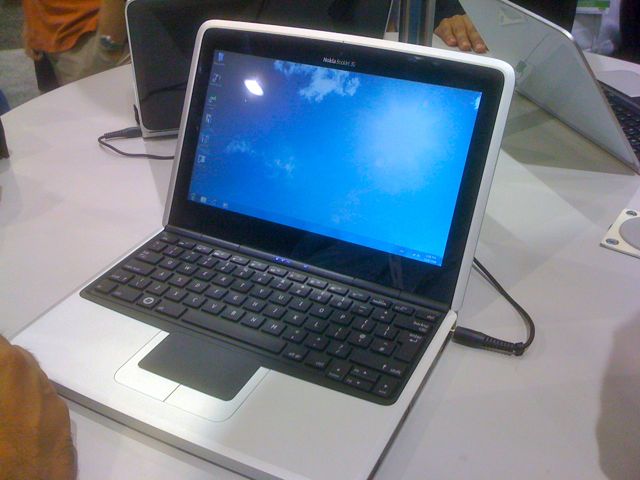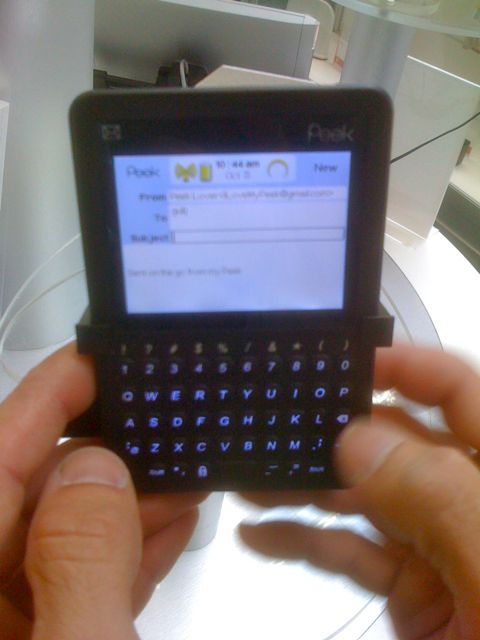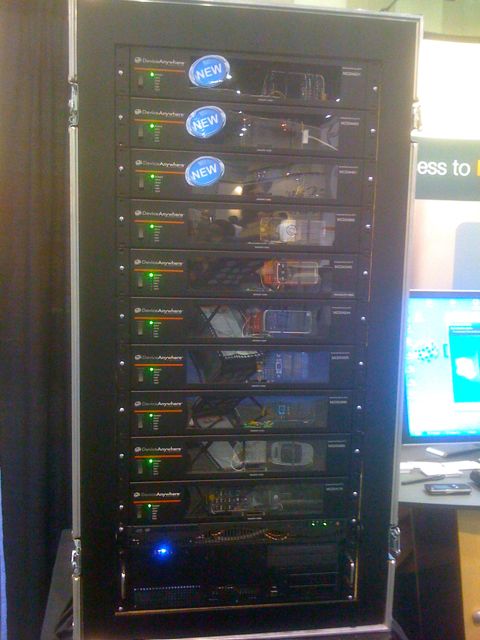Why Adobe should change its mobile strategy (again)
guilhem | March 17, 2010[Where is Adobe really heading with Flash in mobile? Guilhem Ensuque deconstructs Adobe’s recent AIR and Flash mobile strategy and argues why Adobe should go back to the drawing board. This article was originally published at visionmobile.com/blog]
Seen from the outside, Adobe’s mobile game plan is an extension of the same strategy that took them to near-ubiquity in the desktop browser. It’s about putting the Flash Player everywhere for free and cashing-in on the designer and developer tools – plus distribution and analytics services (see the Omniture acquisition). Adobe bets its mobile future on taking the Flash runtime to a forecasted 50% of smartphones by 2012, according to the company.
This strategy has worked well in the past for Adobe in the browser and desktop space. The mobile business is however a completely different animal – which is why Adobe’s strategy will fail. Here’s why.
The two iterations of Adobe’s mobile strategy
Adobe’s mobile strategy v1 was Flash Lite. It has enjoyed massive deployments – more than 1.2 billion devices to date according to VisionMobile’s 100 million club. From a financial standpoint however, Flash Lite royalties represent less than 1.5% of Adobe’s overall revenue.
More importantly, based on discussion with people familiar with the matter, I would estimate that only ~3% of Adobe’s 1million+ mainstream Flash developers customers have been creating Flash Lite content (although no public data is available).
What’s the lesson here ? It’s that subsidizing the Flash Lite runtime penetration into 40-50% of devices did not translate automatically in developers adoption. From the developer’s point of view, Flash Lite indeed lacked a direct content/apps distribution channel in the pre-App Store and “walled gardens” era. It also had different APIs compared to the “full” Flash, and integrations in OEMs handsets were fragmented.
Adobe’s Mobile Strategy v2 was announced in May 2008 as a complete reset of their Flash Lite strategy, aiming to address these obstacles. With the Open Screen Project (OSP), the mainstream Flash Player (v10) and its sibling the AIR runtime are now at the center of the Flash Platform “galaxy” across all types of terminals – desktop, smartphones, TVs, and more.
With this strategy reset, Adobe is going back to square zero to infiltrate the mobile device market with a consistent runtime. Adobe pledges to waive royalty fees for partner OEMs who are collaborating in the Flash/AIR integration effort on their platforms, ensuring over-the-air updateability and consistency. In addition, OSP partners allow distribution and monetisation of Flash content and AIR apps through their app stores (and also through Adobe’s own Distribution service).
Adobe v2 strategy is in essence a pledge to its key customers – organisations like digital agencies paying for design tools and media outlets paying for flash video delivery servers. A pledge that the Open Screen Project will extend the reach of their current technology and people skills investments to the mobile masses – and succeed where Flash Lite hadn’t before.
Sounds good on paper, but …

 Recently Samsung announced
Recently Samsung announced 